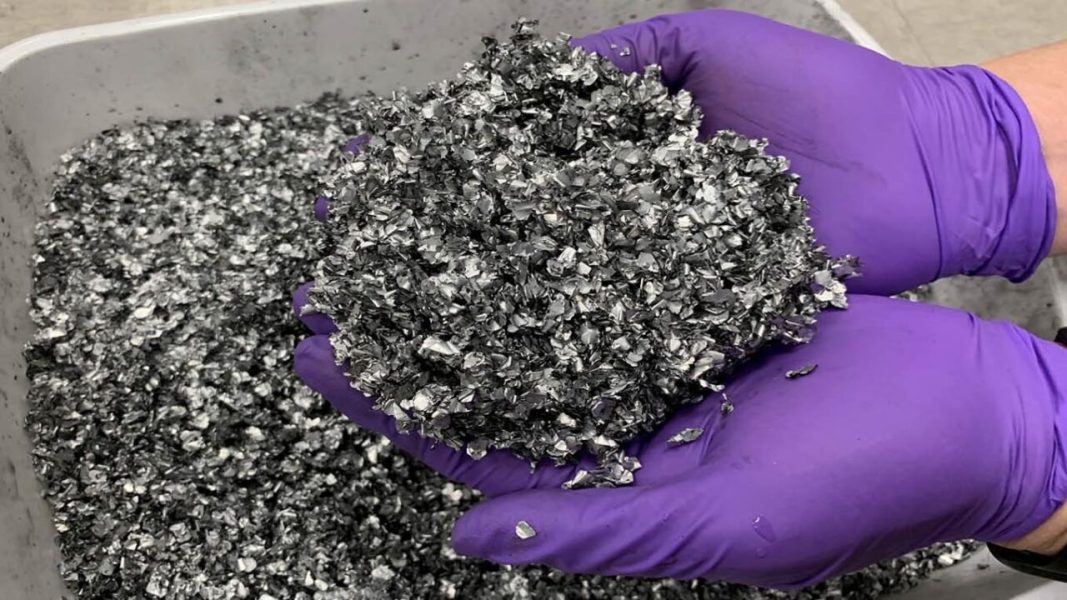
Disposal of lithium-ion batteries. American Manganese: We have extracted 99,5% Li + Ni + Co from the cathodes of NCA cells
American Manganese boasts that it is capable of recovering 92 percent of lithium, nickel and cobalt from nickel-cobalt-aluminum (NCA) lithium-ion cell cathodes like those used by Tesla. During experimental serial tests, 99,5% of the elements turned out to be the best.
Recycling Lithium Ion Batteries: 92 percent is good, 99,5 percent is great.
The best result, 99,5 percent, was considered the benchmark that the company would achieve in continuous operation in the leaching cycle, which is marketed as RecycLiCo. Leaching is the process of extracting a product from a mixture or chemical using a solvent such as sulfuric acid.
NCA cells are used exclusively in Tesla, other manufacturers mainly use NCM (Nickel Cobalt Manganese) cells. American Manganese together with Kemetco Research announces that it intends to test the continuous recovery of cells from cathodes from this variant of the lithium-ion battery (source) as well.
Efficiency is achieved at the pre-leach stage. 292 kg of processed cathodes per day... Ultimately, American Manganese plans to recover the cells in the shape, density and shape expected by battery manufacturers so that recycled materials can be sent directly to new lithium-ion cells. Thanks to this, the company will not have to resell semi-finished products [which can reduce the profitability of the process].

It is said that companies that today focus on the process of recycling batteries will not see much growth in business until large quantities of used cells that are not suitable for further use begin to enter the market. Batteries from electric vehicles are currently being refurbished and put back into vehicles. Those elements that have only a fraction of their original capacity - for example, 60-70 percent - are in turn used in energy storage.
> Does Europe want to chase the world in battery production, chemicals and waste recycling in Poland? [Ministry of Labor and Social Policy]
Editor's note www.elektrowoz.pl: Remember that cathode scrap is only part of a lithium-ion battery. The electrolyte, case and anode remained. In this matter, we have to wait for announcements from other companies.
This may interest you: